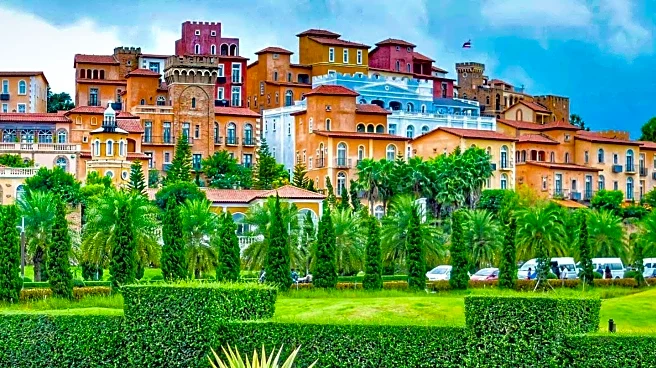What's Happening?
Norway's St Olav Ways are gaining popularity as a cooler and quieter alternative to Spain's Camino de Santiago. The St Olav Ways consist of nine paths that converge on Trondheim, where St Olav, Norway's most famous medieval king, is buried. These routes offer a serene pilgrimage experience, with moss-covered stones, clear rivers, and spruce forests. In contrast, Spain's Camino has faced extreme heat, with temperatures reaching 45C, leading to wildfires and route closures. The cooler climate of Norway provides a respite for hikers seeking a less crowded and safer pilgrimage experience.
Why It's Important?
The increasing popularity of Norway's St Olav Ways highlights a shift in pilgrimage tourism, driven by climate change and the desire for more sustainable travel experiences. As traditional routes like the Camino de Santiago become overcrowded and affected by extreme weather, alternative paths like those in Norway offer a viable solution. This trend could impact the tourism industry by encouraging the development of new routes and infrastructure in less-traveled areas. Additionally, it underscores the importance of adapting travel experiences to changing environmental conditions, promoting sustainable tourism practices.
Beyond the Headlines
The rise of Norway's St Olav Ways as a pilgrimage destination reflects broader cultural and environmental shifts. It emphasizes the growing awareness of climate change's impact on travel and the need for sustainable tourism options. This development also highlights the cultural significance of pilgrimage routes, offering travelers a chance to connect with history and nature in a meaningful way. As more people seek out these alternative paths, there may be increased interest in preserving and promoting lesser-known historical and cultural sites.











